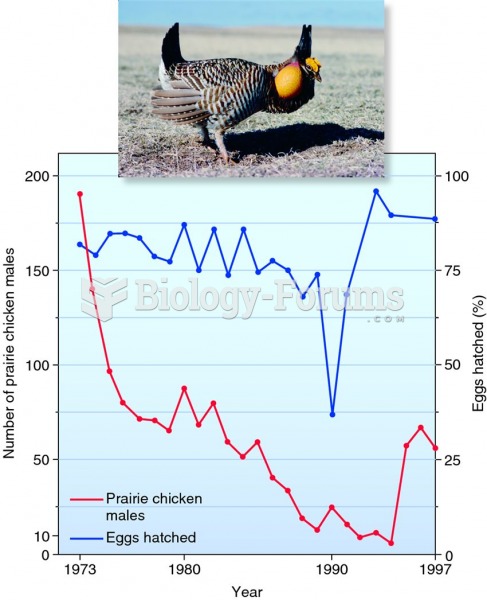Answer to Question 1F
Answer to Question 2Well-aerated potting mixes use large particles to create large pore space. Large pores will be less able
to hold water against gravity, improving drainage. This may involve amending regular soil with large
amounts of amendment or omitting soil to create a soil less potting mix. These amendments include
inorganic materials such as coarse sand, perlite (large granules of light-weight expanded volcanic
glass), vermiculite (expanded mica), shredded plastics, or other materials.
Organic amendments in potting mixes commonly include shredded sphagnum peat. However, peat
harvest involves mining Histosols and damaging the ecosystems growing on them, as well as releasing
carbon dioxide into the atmosphere. Peat shortages have also plagued the greenhouse industry.
Increasingly, growers replace peat with organic waste products, such as composted rice hulls, fine
coconut fiber (coir), composted bark chips, or composted municipal waste. Many of these materials
add desirable physical properties to the mix while reducing demands on peat bogs and consuming what
is otherwise waste. Many greenhouses also compost their own organic waste stream and use the
resulting product in their potting mixes.
In general, a suitable potting mix has a total porosity of 50 to 80, much higher than field soils; airfilled
porosity of 10 to 30; an available water-holding capacity of 25 to 35; and a bulk density of
only 0.19 to 0.7 grams per cubic centimeter. These mixes are far less heavy than field soil.
If a soil mix contains true soil, soil-inhabiting organisms can threaten the life of a container plant.
These include several types of seed- and root-rotting fungi. For that reason, greenhouse growers
sterilize or pasteurize soil-based mixes with heat, steam, or chemicals. Pasteurized soil is heated
enough to kill pathogens but not destroy all organisms. Growers also use strict sanitation and
fungicides to prevent infections by soil organisms. The industry now also makes use of beneficial
organisms that suppress disease organisms, and there are potting mixes commercially available that
contain beneficial fungi and bacteria.
Answer to Question 3ANS: sulfur







